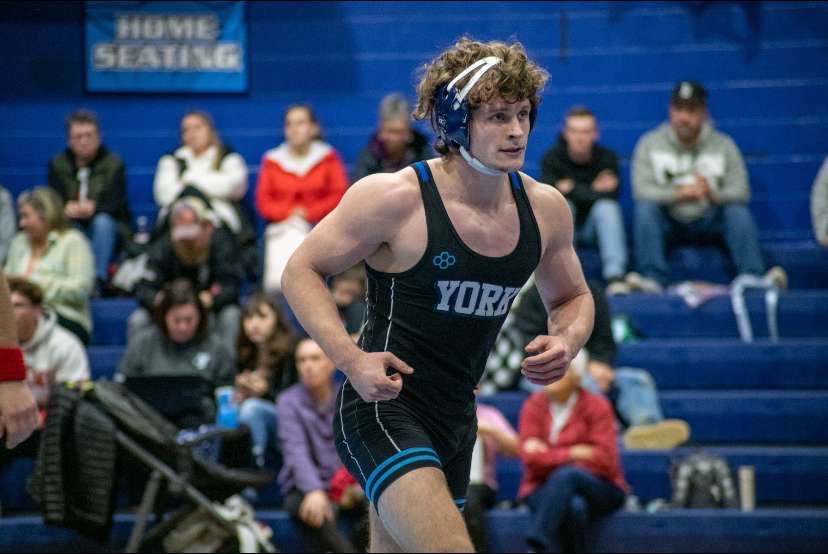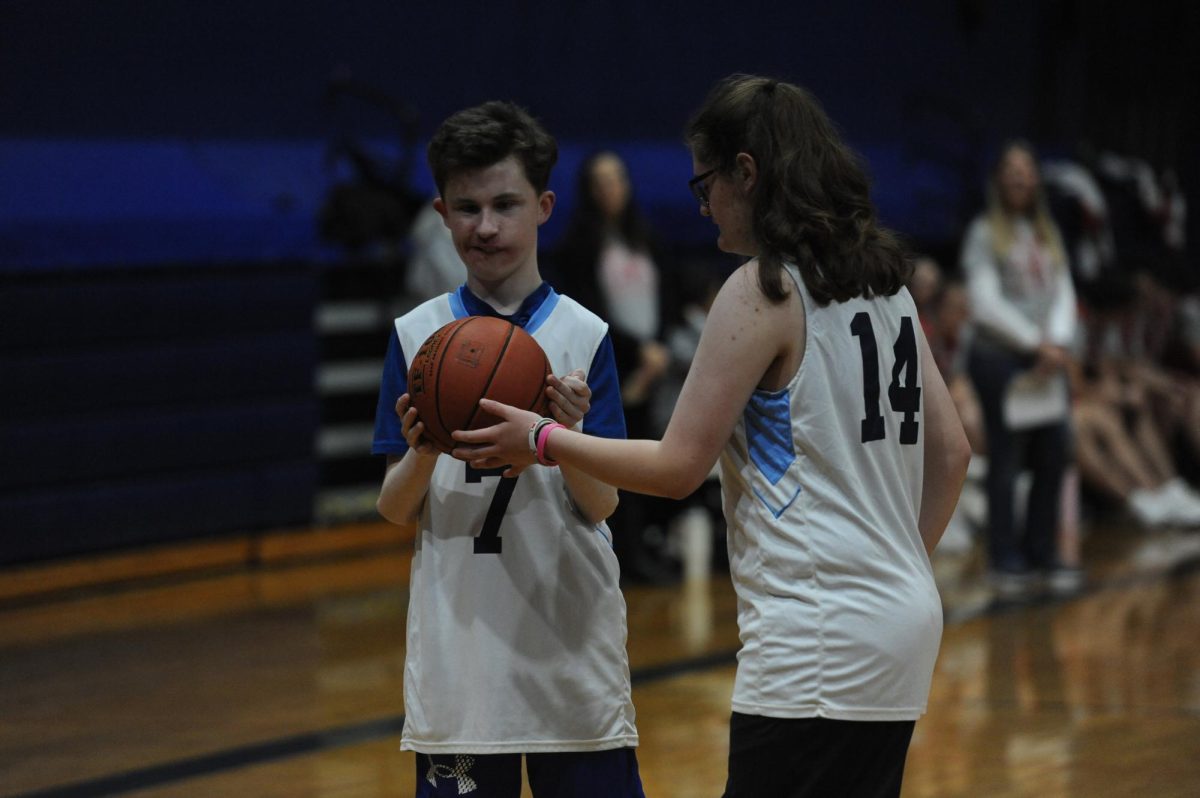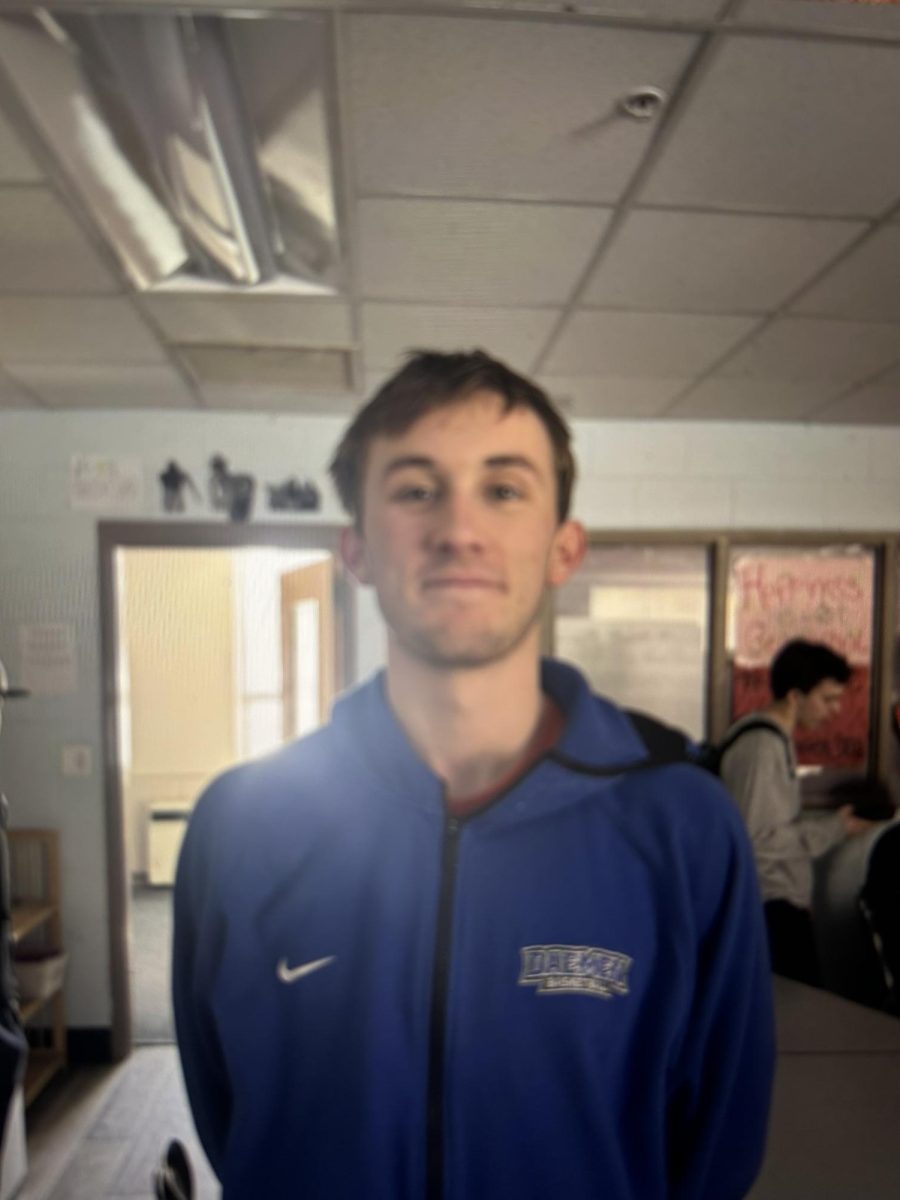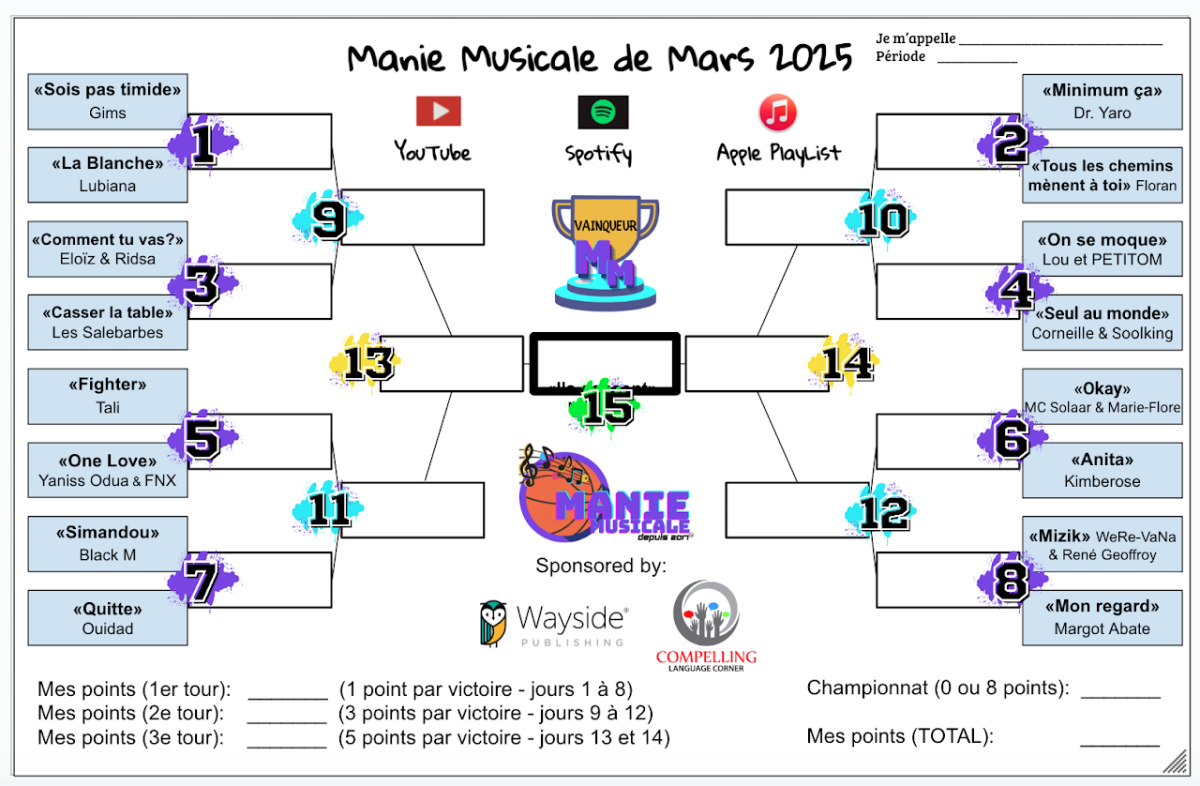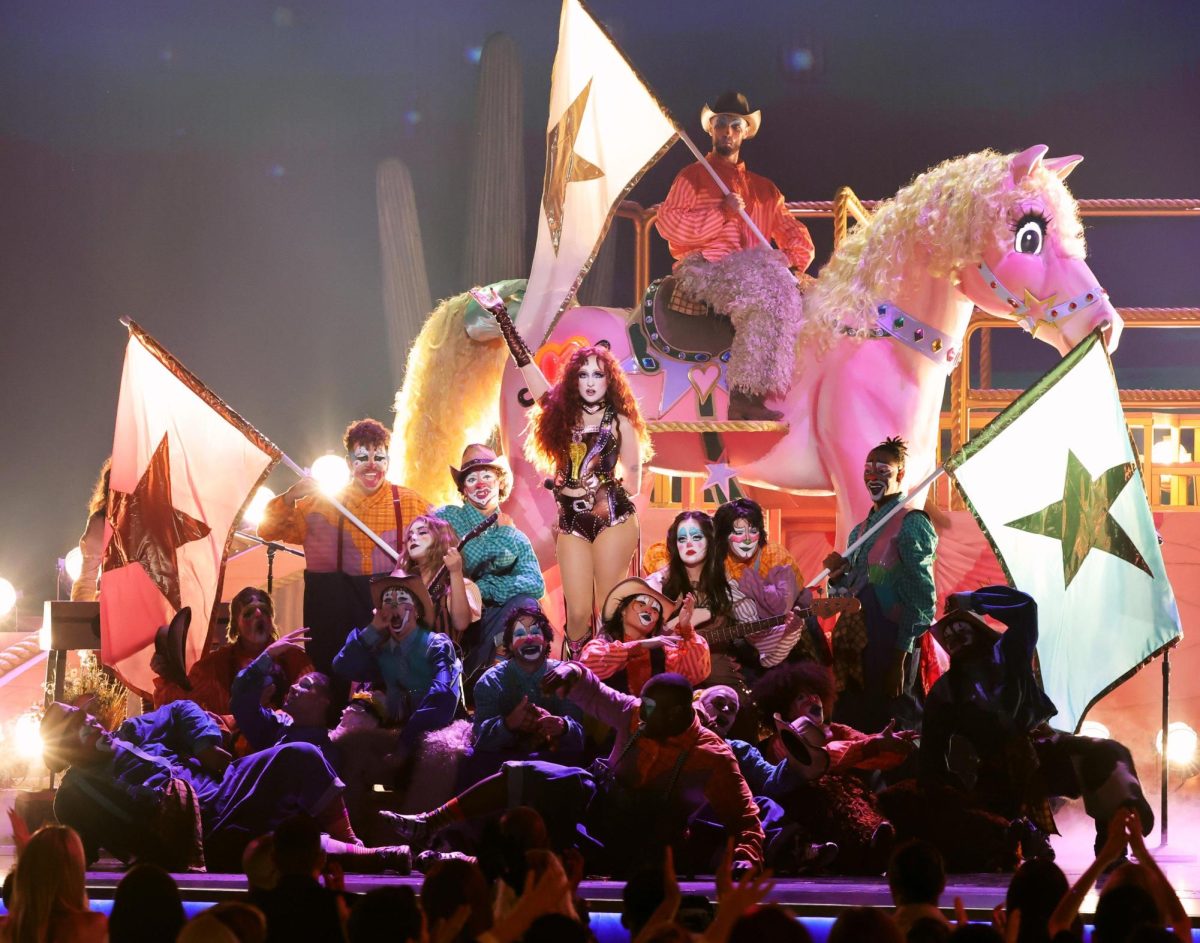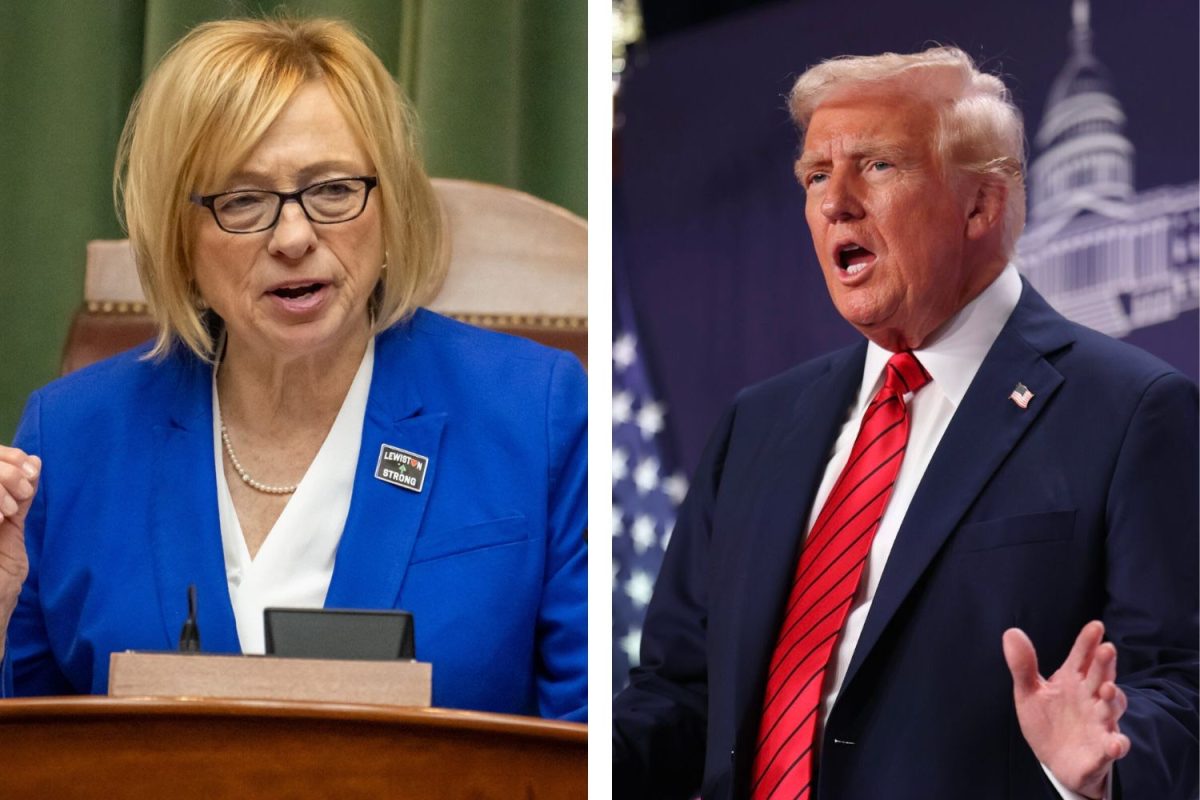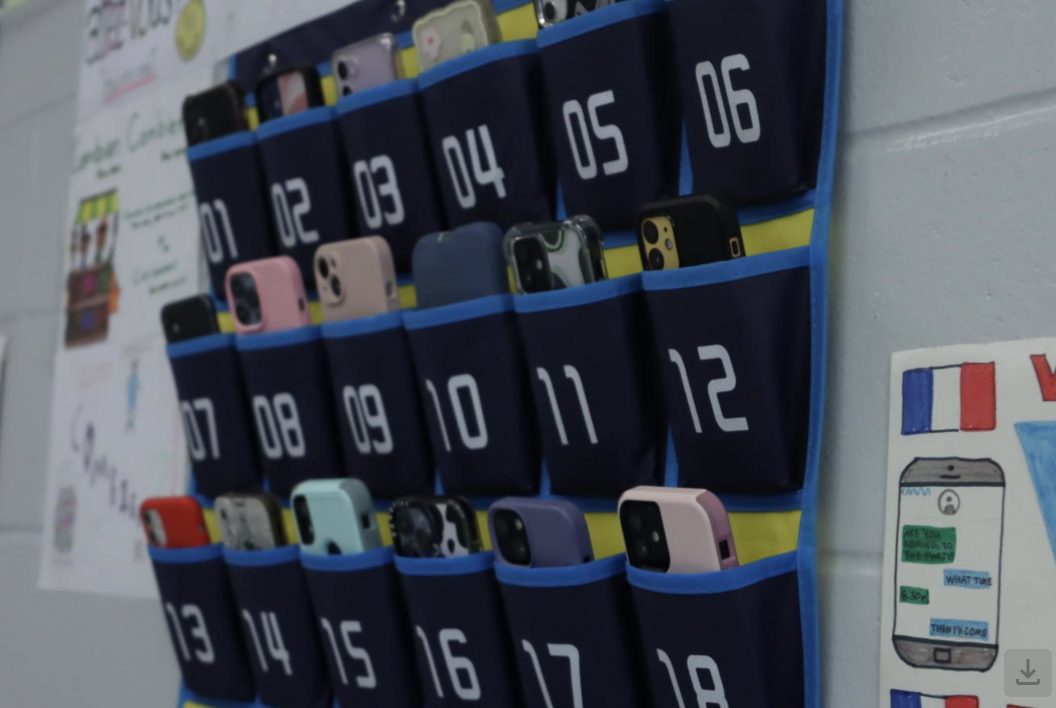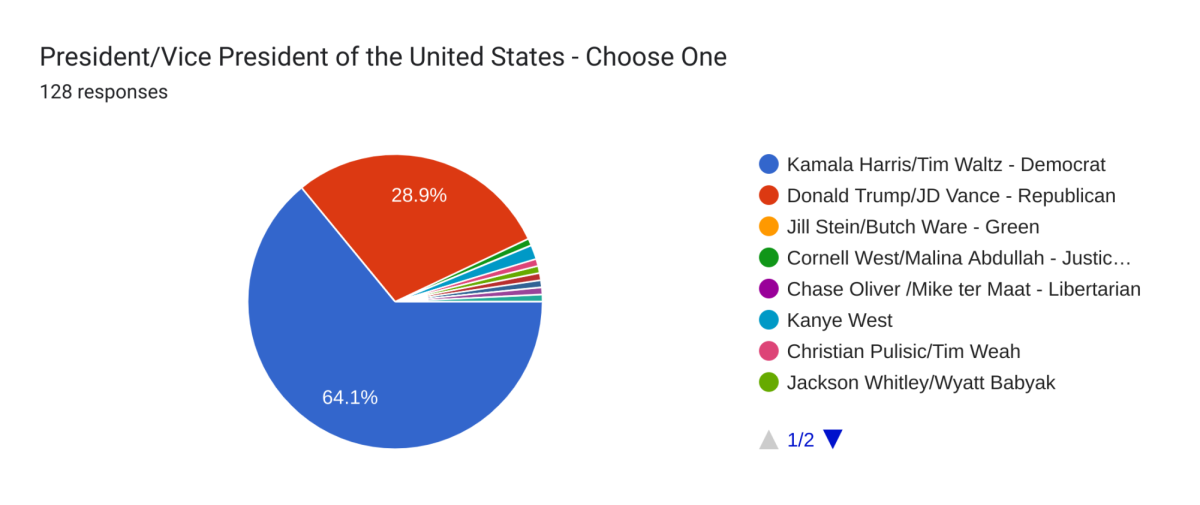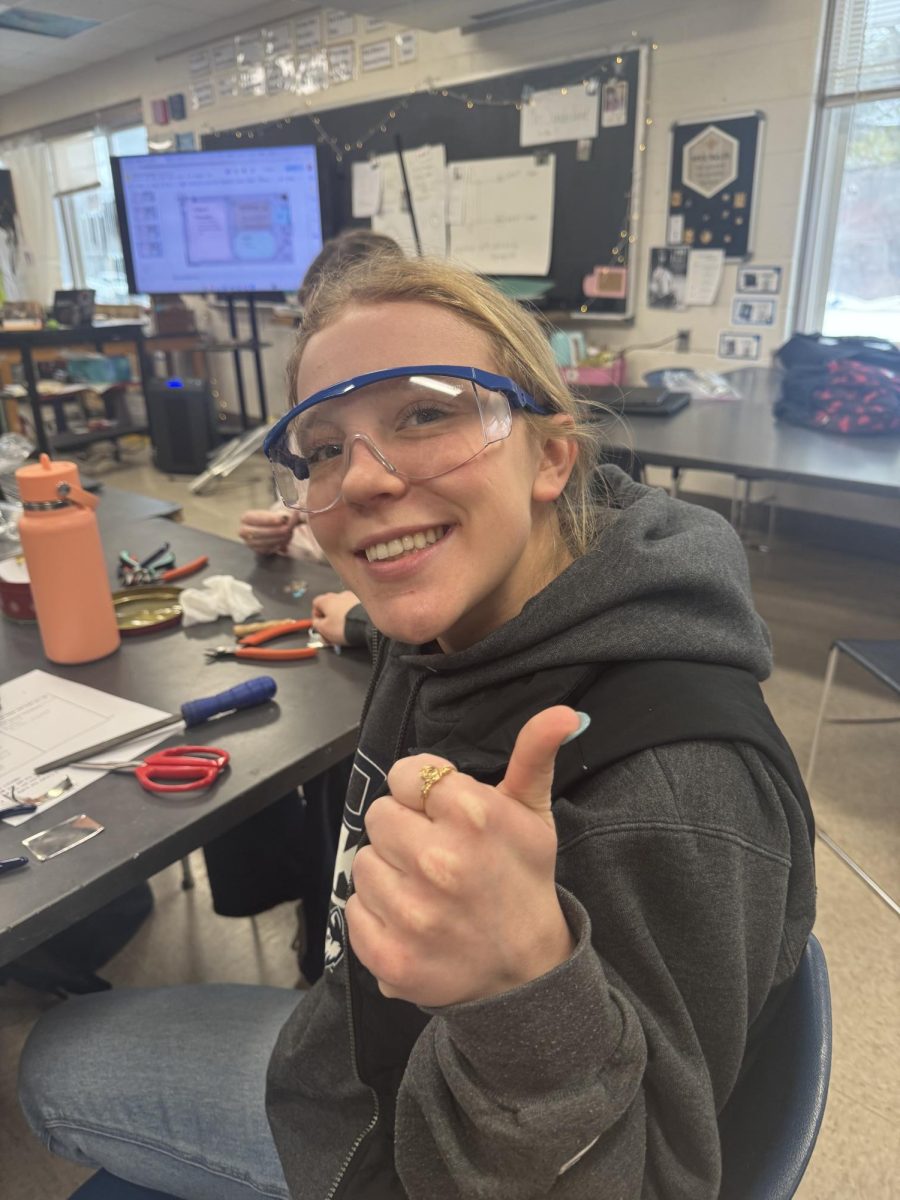In light of election season, York High School students were recently asked to participate in a mock election survey. This ballot simulated the questions that eligible Maine voters encountered on election day, drawing upon the official Maine Congressional District 1 ballot as well as local state representative selections. For those under 18 years of age, it provided insight into an otherwise distant and even daunting adult responsibility, and for others, it was a taste of their newfound civic obligation.
History and economics teacher Mr. Cleary gives his commentary on the survey, which has been a regular offering at York High School for many years. He explains, “The purpose [of the mock election] is to engage students in the political process that they will get to participate in in real life very soon.” For ease of use, Mr. Cleary chose to omit questions issued in the York referendum ballot.
He further notes, “The other big difference from our student ballot is that the state of Maine offers ranked choice voting, which means that you can pick a first, second, third (etc.) choice if there are multiple candidates for one office. This was added so that a third party candidate didn’t split votes with one similar candidate and hand the election to another candidate.” This option was left out because it lay outside of the online form’s capabilities. Nonetheless, he remarks, “There seemed to be a lot of interest and enthusiasm to participate. I was really happy to see that!”
For the President and Vice President of the United States, students primarily chose Kamala Harris and Tim Walz, the democratic nominees, claiming 64.1 percent of the votes. In second place were Republican candidates Donald Trump and JD Vance with 28.9 percent, who recently triumphed in the official presidential elections. Below them were less known contenders from the Green Party, Justice for All Party, and Libertarian Party. For students’ amusement, songwriter Kanye West, along with soccer players Christian Pulisic and Tim Weah, were included in the selection. Jackson Whitley and Wyatt Babyak were written in as student candidates.
Following this question, students “elected” a Maine official to the U.S. Senate. Angus King secured 44.5 percent of the votes, winning the students’ loyalty as a politician having represented the pine tree state since 2013. Democrat David Costello earned second place with 29.7 percent of the votes, followed by Republican Demi Kouzounas with 18 percent. Jason Cherry marked the final true candidate. Students also had the option of choosing aspiring nominees Gilbert Adams, 39th American president Jimmy Carter, and even themselves.
After, the U.S. House of Representatives was decided upon, with Democrat Chellie Pingree winning a large majority of 61.7 percent of the votes and second place candidate Republican Ronald C. Russell scoring 61.7 percent of the votes. Ethan Alcorn of the Independent party earned third place on the voting tier. Finally, Robbie Kyer, Jimmy Carter, Elon Musk, and widely beloved T-Rob concluded the selection.
The next portion of the survey polled state governors electing into District 35 of the Maine Senate and the Maine House of Representatives. Democrat Mark Lawrence won 68 percent of the votes, and republican Julie Rakic won 25.8 percent. Jimmy Carter expressed a desire to be reelected. Staff members Mr. Bennett and Mr. Wyatt followed, with Nick Beaulieu scoring the lowest number. Interestingly, this question allowed students to confess their indecision with an “Idk” option. When determining the Maine House of Representatives, 68.8 percent of students (accounting for votes, not the students themselves) nominated Democrat Holly Sargent, and 27.3 percent elected republican Brad Moulton. Once more, Jimmy Carter entered into the polls, followed by Gage Sargent, Bernie Sanders, and Jake Blasi.
With regard to financial allocations, students tended to prefer higher levels of government investment. For instance, 60.5 percent of votes approved a bond issue of $25,000,000 for research, development, and innovation in Maine sectors of life sciences, biomedical engineering, and environmental technology. However they wished to restrict political committees from utilizing over $5,000 to fund their own campaigns or to sabotage others.
Finally, students were issued a referendum regarding the Maine state flag. Students favored the minimalist pine tree flag over the official flag of the state, which features a crest depicting a moose beneath a pine tree and flanked by a farmer and fisherman. In actuality, official Maine voters rejected the historic design, which was the official flag of Maine from 1901-1909.
Even though some results contradict the official outcomes of state and national elections, the verdicts stand as an intriguing window into the political opinions of the school community.



